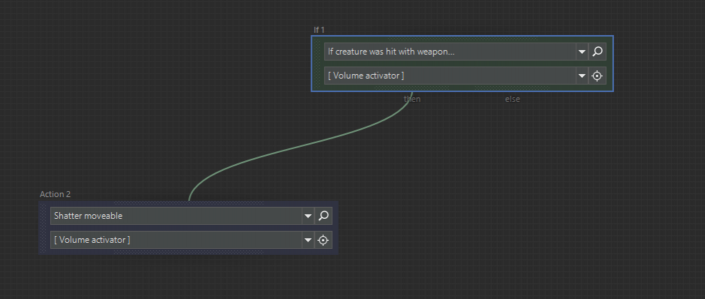Static collision via Lua
Turning on Soft Collision for static objects and vice versa (Based on l.m.’s tutorial from trlevel.de https://www.trlevel.de/lexicon/index…tatics-setzen/ code credit goes to him) Tomb Engine has a default hard collision on for all statics. However, there may be cases where you just want to have some statics have soft collision. Well there are 2 ways to achieve this: … Static collision via Lua
